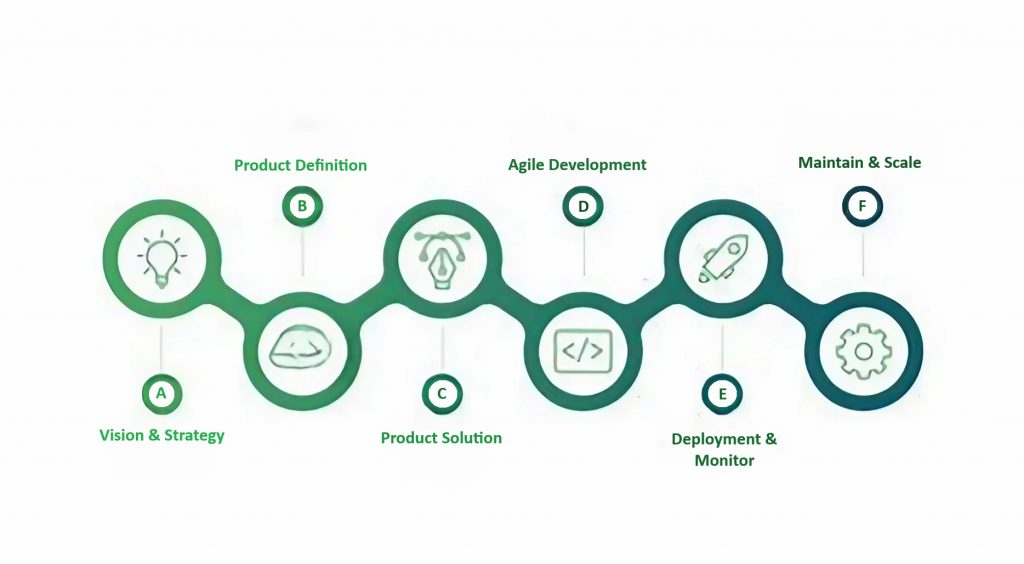I once worked with a consulting partner who was so convinced of his own intelligence that he dismissed others’ ideas. This know-it-all mindset can blind you to crucial details by closing off alternative possibilities. He was obsessed with the cloud and resisted the idea that “high availability” could have various interpretations. His expertise lay in creating highly available cloud environments for applications. Meanwhile, I was helping a client enhance their application environment on a legacy platform. We focused on strengthening the applications to make them self-healing and highly resilient.
The two definitions of high availability mentioned in the paragraph above are:
- High availability in cloud environments means building a system that is always accessible and functioning, even during failures or outages. This is achieved by using redundant resources, load balancing, and failover mechanisms.
- High availability in legacy application environments means making applications robust and self-sufficient, capable of quick recovery from issues or disruptions without user downtime.
Understanding these interpretations of high availability is crucial, as they emphasize the need to consider various factors in system design and implementation. While the cloud offers flexibility and scalability, it also presents challenges like security concerns and dependence on internet connectivity. On the other hand, legacy platforms may have limitations but also offer stability and familiarity. As technology evolves, it’s crucial to stay open-minded and consider all options for achieving high availability in any system.
Collaboration and communication with colleagues from different fields can provide valuable insights and lead to more well-rounded solutions. Recognizing that no one knows everything and being open to learning from others can greatly benefit individuals and organizations.
Furthermore, the concept of high availability is not limited to just technical systems.
It also applies to individual roles within a team or organization. Just as a highly available system is resilient and handles unexpected challenges, a high availability mindset enables individuals to adapt and thrive in any situation. This includes being open to new ideas, continuously learning, improving skills, and supporting others when needed. Ultimately, a combination of technical expertise and a high availability mindset is necessary for success in any industry. So, it’s important to cultivate both aspects in ourselves and our teams for continued growth and success.
The key lesson from this collaboration is that a know-it-all attitude can hinder progress and limit solutions. It’s vital to stay open-minded and consider different perspectives when aiming for high availability in any area of life. Collaboration, continuous learning, and a high availability mindset are key components in achieving success and resilience in today’s ever-changing world.
How do you work with a know-it-all, especially one who silently disagrees and acts on their own beliefs?
Here are some actions to take:
- Listen actively and ask for their reasoning: Instead of dismissing their ideas, listen to them and ask for the rationale behind their beliefs. This not only shows respect but also allows you to understand their perspective better.
- Share your own thoughts and concerns: It’s important to voice your opinions and concerns as well. By sharing your thoughts, you can potentially highlight any blind spots or gaps in their thinking.
- Ask for data or evidence: If possible, ask for data or evidence that supports their beliefs. This can help validate their ideas or allow them to see where there may be room for improvement.
- Find common ground: Even if you disagree on certain aspects, try to find areas of agreement and build from there. This can help bridge the gap between differences in opinions.
- Seek input from others: Bring in other team members or experts to provide their perspectives. This not only adds diversity to the discussion but also helps prevent one person from dominating the conversation.
I believe this lesson holds true not just for individuals but also for organizations as a whole.
For a company or team to thrive, they need an open-minded and adaptable culture, especially in today’s fast-paced business world.
Moreover, having a diverse team with varied perspectives can lead to more innovative solutions and increased adaptability. This applies not just to technical roles, but also to leadership and management positions. A leader who is open to different opinions and ideas can foster a more collaborative and agile work environment.
In conclusion, the concept of high availability goes beyond just technical systems. It encompasses a mindset that values continuous learning, collaboration, adaptability, and open-mindedness. By adopting this mindset, we can achieve greater success and resilience in today’s rapidly evolving world. So, let’s strive for high availability not just in our systems or roles, but in every aspect of our lives. Keep an open mind, keep learning, collaborate, and be adaptable—that’s what it takes to thrive today.
Click here for a post on the importance of taking a bigger picture view.






